Anne Madden ’06 found her calling as a research scientist standing in a “cathedral of plants” in the jungle at La Selva Biological Station in northeastern Costa Rica.
At the end of her junior year at Wellesley, a friend from Madden’s plant biology course told her that a space had opened up for a fellowship in Costa Rica. Madden spoke to her professors about it, excited, but when she learned that her friend Katie Moseley ’06 was also interested, she told the professors that they should really choose Moseley, since she was a Spanish and biology double major. Meanwhile, Moseley was arguing in favor of Madden. Wellesley found funding to send them both.
It was a magical experience. Madden describes learning to identify the duck-like call of a tree frog no bigger than a fingernail, and catching snakes with herpetologists. Primarily, though, she and Moseley were there to study the way that light filtering through the canopy affects plant growth. “As soon as you get off of any path, you’re in the dark. … That’s something that we never realized, that we would spend an entire summer in Costa Rica and come back pastier than when we left,” Madden remembers.
But more than anything, what stuck with Madden was the feeling she got working with scientists who were so passionate about their research and making new discoveries. “I really did love how scientists in the jungle—and scientists in general—when they start talking about what they’re doing research on, they just glow,” she says.
Madden has been chasing that feeling ever since, which over the years has led her to studying microbes in Paintshop Pond back on campus, sniffing dirt to find novel antibiotics for a biopharma company, hanging from barn rafters to collect wasps (and the bacteria on them), hunting for yeast on wasps in a Massachusetts vineyard to brew a tastier beer, and speaking on the TED Conference main stage in Vancouver, B.C.
Today, Madden’s work straddles industry, academia, and the public sphere as she discovers new microbes and puts them to work for humans. She is a partner at Raleigh, N.C.-based Lachancea, which sells novel yeasts that Madden helped discover to breweries. Until recently, she was director of scientific communication at Boston-based Indigo Agriculture, an agriculture technology company that uses plant microbes to improve crop yields. She is developing an interactive exhibit with artist Amanda Phingbodhipakkiya to introduce audiences to microbes. She has a busy social media life (@AnneAMadden on Twitter and Instagram), spreading her enthusiasm about microbes through photos and fun facts (with cameos from her kitten, Puffin). Oh, and she continues to publish research papers.
With microbes, the jungle is everywhere—and so is Madden.
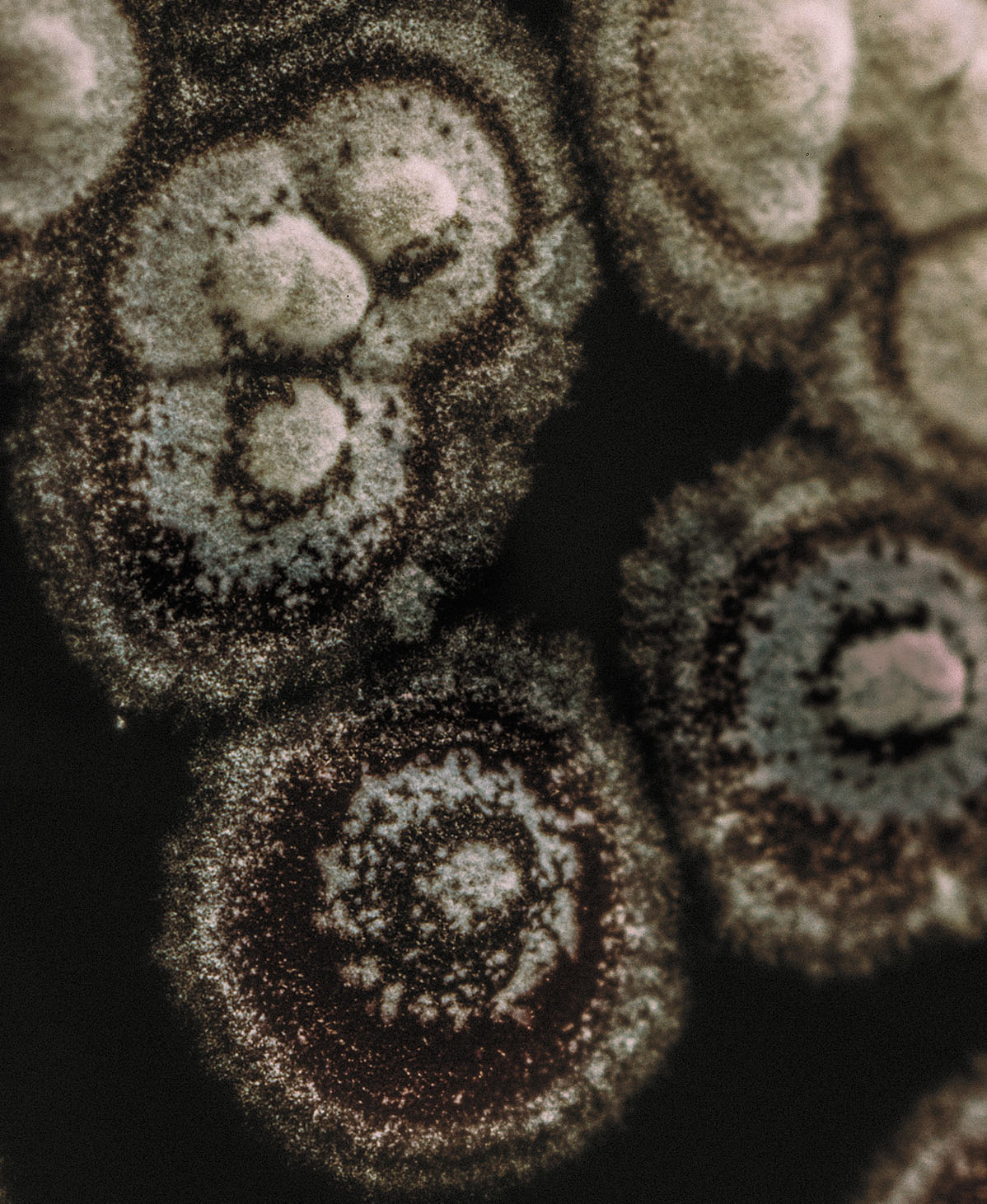
Microscopic photography of Streptomyces coelicolor on silk textile.
A Budding Biologist
Madden has been interested in science ever since she was a child growing up in Maine. She suffered from severe depression and anxiety, which resulted in her being out of school for several years. “A lot of things were confusing, and there wasn’t a lot of rationality to when medications would work or would not work. And my parents were going through a divorce,” she says. With help from doctors and a changing physiology, she says, she was able to return to high school.
She remembers a particular moment her sophomore year, when her anatomy class dissected a cat. “I saw that this beautiful elegance of all of our movement, which seems so complex and beautiful and dynamic, is made possible by a very simple system of bones that don’t move and muscles that pull them together. And from that emerges things that seem complicated and somewhat magical. [T]hat’s my one moment of seeing that science offered an opportunity to provide predictability, if you could just find out more, and that there was more beauty and more wonder in the world, the more I learned,” she says.
At Wellesley, after her summer in Costa Rica, Madden began working in the lab of microbiologist Mary Allen, then Jean Glasscock Professor of Biological Sciences, assessing whether microbes from Paintshop Pond had antibiotic resistance because of their exposure to higher than normal levels of toxic compounds. “That was my pathway to microbiology, understanding that there are discoveries, adventures around us with microscopic life,” she says.
After graduation, Madden took a job in industry, working for NovoBiotic Pharmaceuticals in Cambridge, Mass. Because the company’s mission is to develop antibiotics, she got to work with “fun microbes” like the bacteria that caused the plague, and antibiotic-resistant “superbugs” like MRSA and VRE. “My job was to try to get [the pathogen] to grow in the morning,” Madden says “and then try to kill it with something that another microbe had produced in the night.”
Where’s the best place to find new antibiotics? Turns out, dirt. “It’s where you’re going to find an incredible amount of diverse microbes. So … if you want to screen a bunch of different [microbes], you can find them in the soil. Historically, most of our commercial antibiotics come from a certain group of bacteria, and those are often found in the soil,” she says.
Madden and her colleagues were constantly armed with baggies in case they came across literal pay dirt in their backyards or while they were on vacation. “There was a lot of time spent sniffing dirt, because the smell that we associate with really great, fresh-turned earth is a compound called geosmin that’s also produced by the bacteria that frequently [produce antibiotics],” says Madden.
This introduction to industry made Madden appreciate not only how many microbes there are in the world, but what each microbe can do—for themselves, and for humans. “[Microbes] oftentimes look the same: balls or rods. But they diversified in terms of their chemical abilities, their ability to transform nature. … And those chemicals are basically everything you can imagine—flavors, aromas, medicines, therapeutics, enzymes that help us break down stains on our clothing. I mean, just anything, a microbe has found a way to do it, because we have that many species diversifying over that many years,” Madden says.
Just how many species are we talking about? “If you had a sugar packet worth of soil, it’s going to have double the number of species that we have in all of the zoos in all of the world,” she says.
Welcome to the jungle.
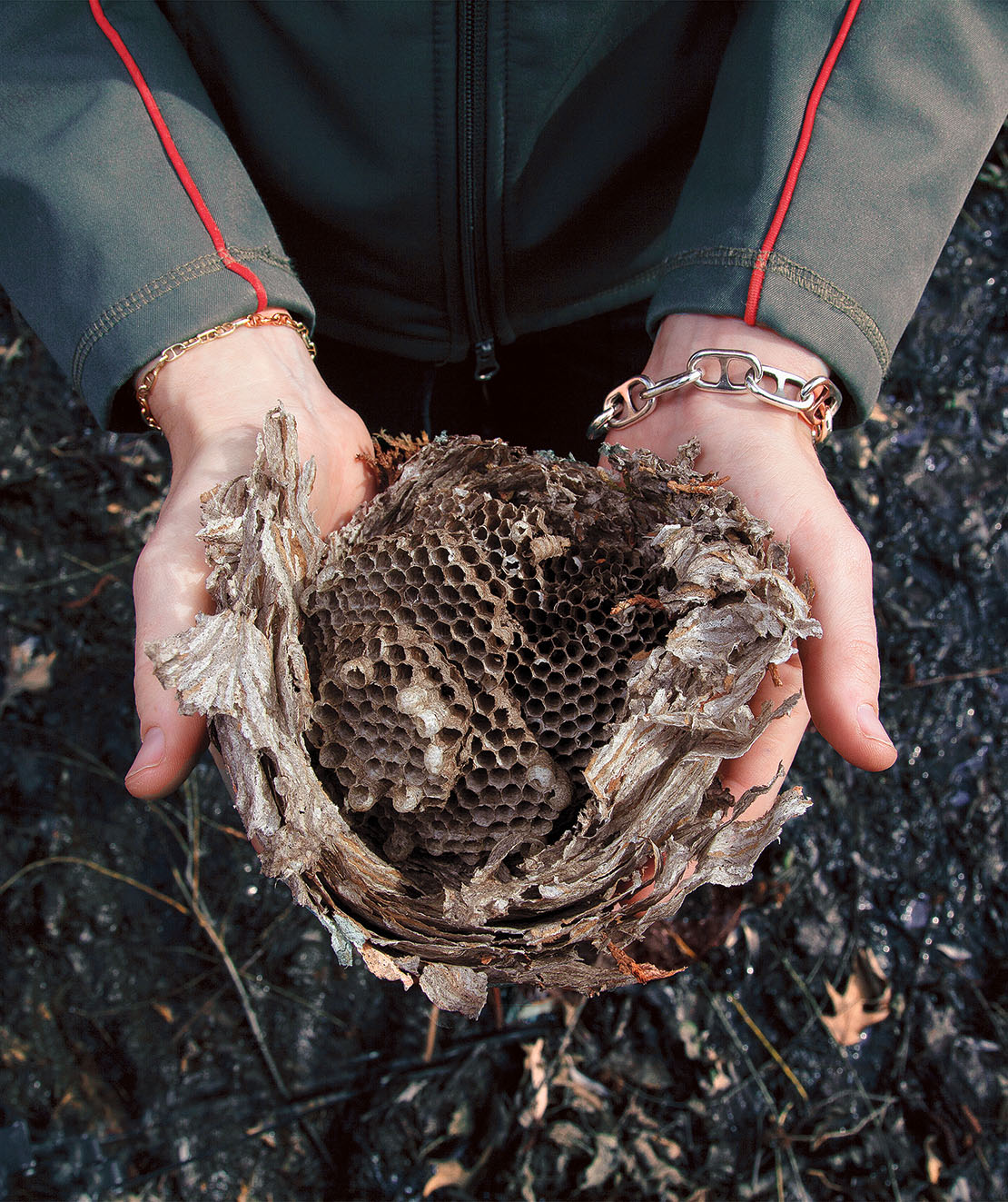
Beer (and Wasp) Nerd
When Madden applied to graduate school, she looked for a place that had the interdisciplinary, liberal arts feel she loved at Wellesley. She also was interested in studying how organisms interacted with each other. That led her to the lab of behavioral ecologist Philip Starks at Tufts, where she studied the microbes that live on wasps. “Nobody knew anything about the microbes associated with wasps at that time. So it was great. They live on all of our windows. We know nothing about them. There’s got to be an interesting story there,” she says.
Madden studied the microbes associated with a native Massachusetts paper wasp and an invasive paper wasp from Europe. “[The wasps are] very closely related. They have very similar behaviors. But we don’t know if they host different microbial communities. Why that could be relevant is if those wasps are moving certain microorganisms around as they travel from vineyards to other food sources,” she says. Along the way, Madden found that the invasive wasps had microbes associated with grape sour rot disease, which can devastate vineyards.
Madden’s job involved collecting wasps in the wild. She would visit orchards and people’s houses and once even advertised for “free wasp removal” on Craigslist. Often, she needed to collect the wasps live on their nests. “So I would frequently be poised, hooked on rafters of old barns, with really long tweezers that were sterilized, trying to put the wasps into plastic bags in the middle of the night, [when] they’re less active,” she says.




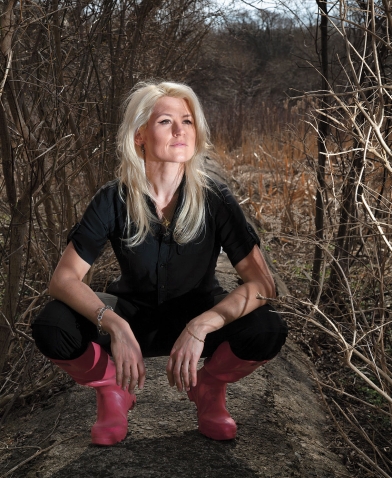
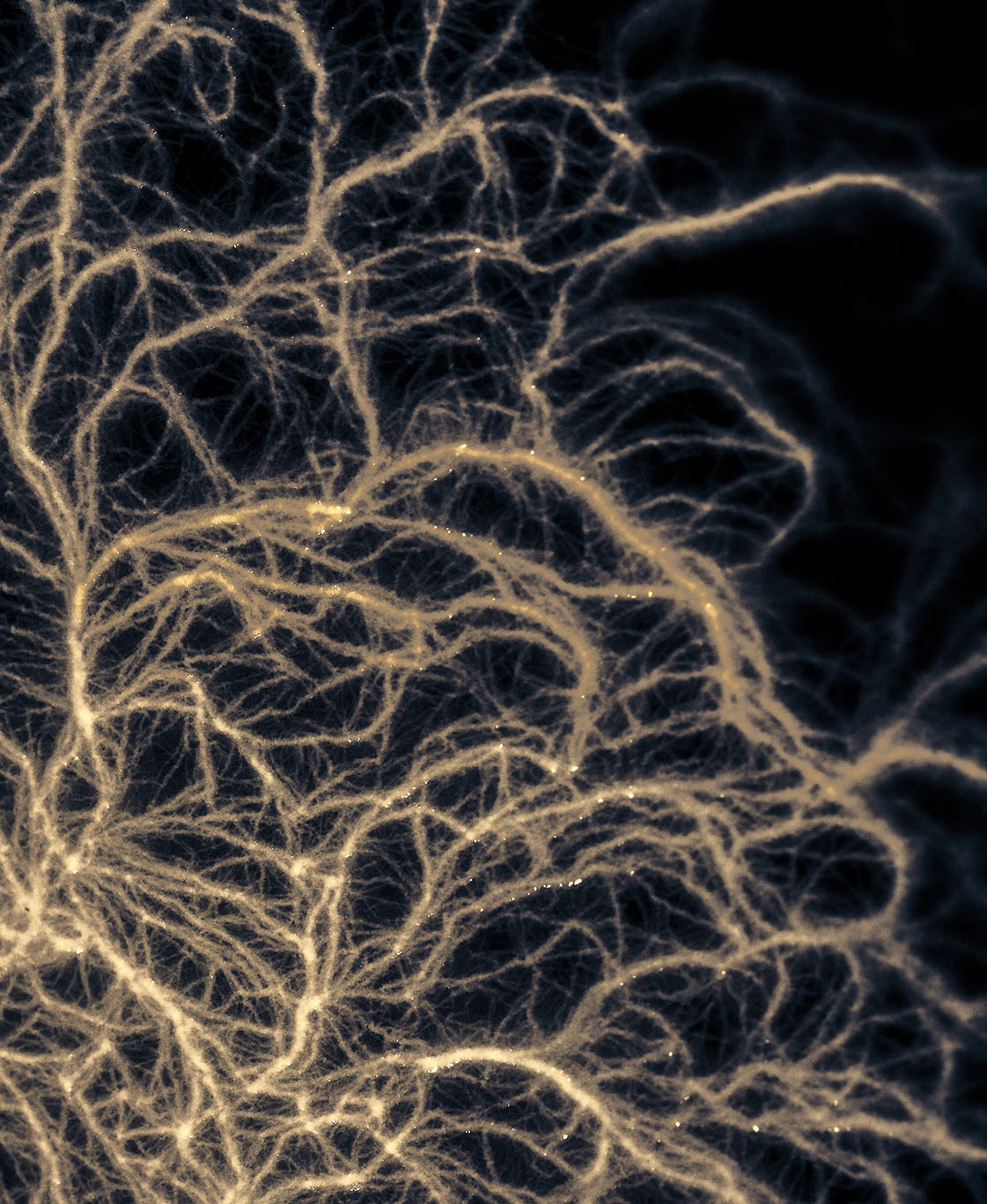
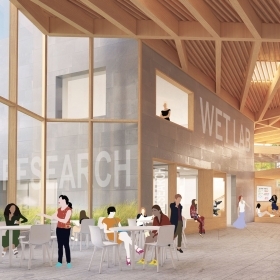
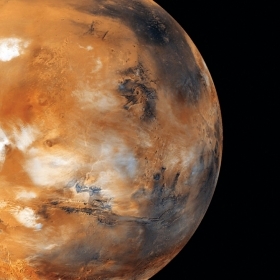

We ask that those who engage in Wellesley magazine's online community act with honesty, integrity, and respect. (Remember the honor code, alums?) We reserve the right to remove comments by impersonators or comments that are not civil and relevant to the subject at hand. By posting here, you are permitting Wellesley magazine to edit and republish your comment in all media. Please remember that all posts are public.